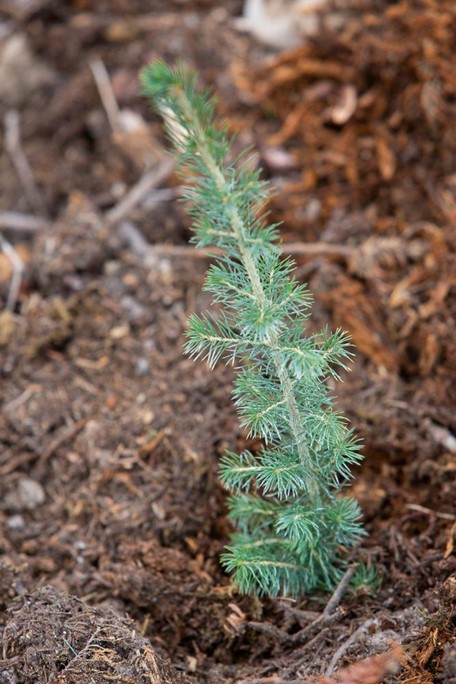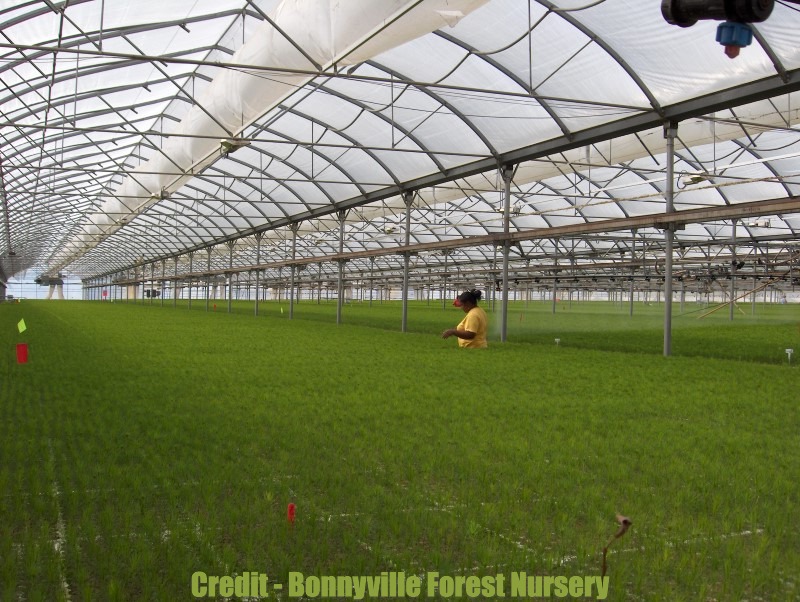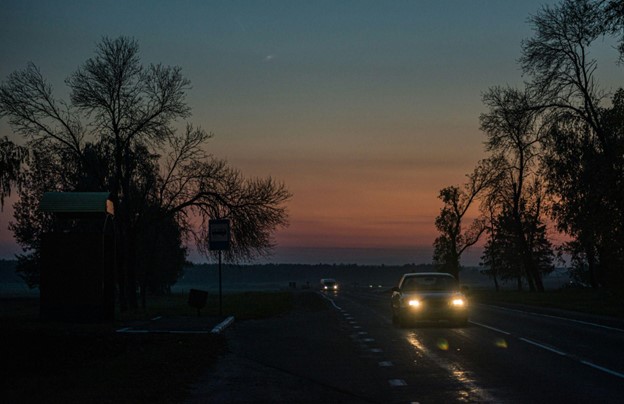Last month, the Alberta Forest Products Association (AFPA) published an opinion piece titled We Need to Rethink Forest Management — Even in Our National Parks. While the post focused on the national park system, many of the ideas apply equally to any forested area in Canada, including right here in Slave Lake.
In a country where nearly 40% of our land is covered by forests, and in Alberta it’s closer to 60%, wildfires have always been a part of life. But recent years have shown a troubling shift. Wildfires are becoming more intense, more widespread, and more destructive. Every spring, summer, and fall, Canadians are increasingly feeling the effects and this year, more so than previous years, our neighbours as well to the south.
Governments, industry groups, and environmental organizations are now examining how we manage our forests and what changes are needed to better protect communities and landscapes.
Learning from the Past: Indigenous Fire Stewardship
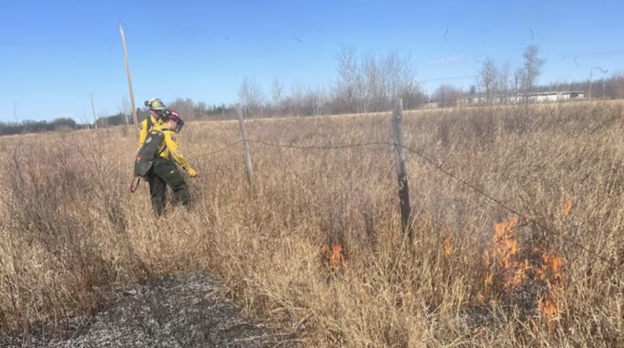
Long before modern forestry practices were developed, Indigenous Peoples across Canada used fire to manage the land in a sustainable way. This traditional practice, often referred to as Indigenous fire stewardship, played a critical role in maintaining healthy, diverse ecosystems and reducing wildfire risks.
Today, there’s growing recognition of the value of these practices, and efforts are underway to support their revitalization.
Rethinking Forest Management in a Changing Climate
There is widespread agreement that Canada needs to evolve its forest management strategies. The challenge lies in defining what that evolution looks like, especially within the 37 national parks and 11 national park reserves that are currently protected from most forms of active management.
With climate change increasing the severity of fire seasons, the current approach simply isn’t enough. The Canadian Climate Institute has warned that unless we make bold changes, wildfires will only become more frequent and more intense.
Four Key Areas for Change
There is widespread agreement that Canada needs to evolve its forest management strategies. The challenge lies in defining what that evolution looks like, especially within the 37 national parks and 11 national park reserves that are currently protected from most forms of active management.
With climate change increasing the severity of fire seasons, the current approach simply isn’t enough. The Canadian Climate Institute has warned that unless we make bold changes, wildfires will only become more frequent and more intense.
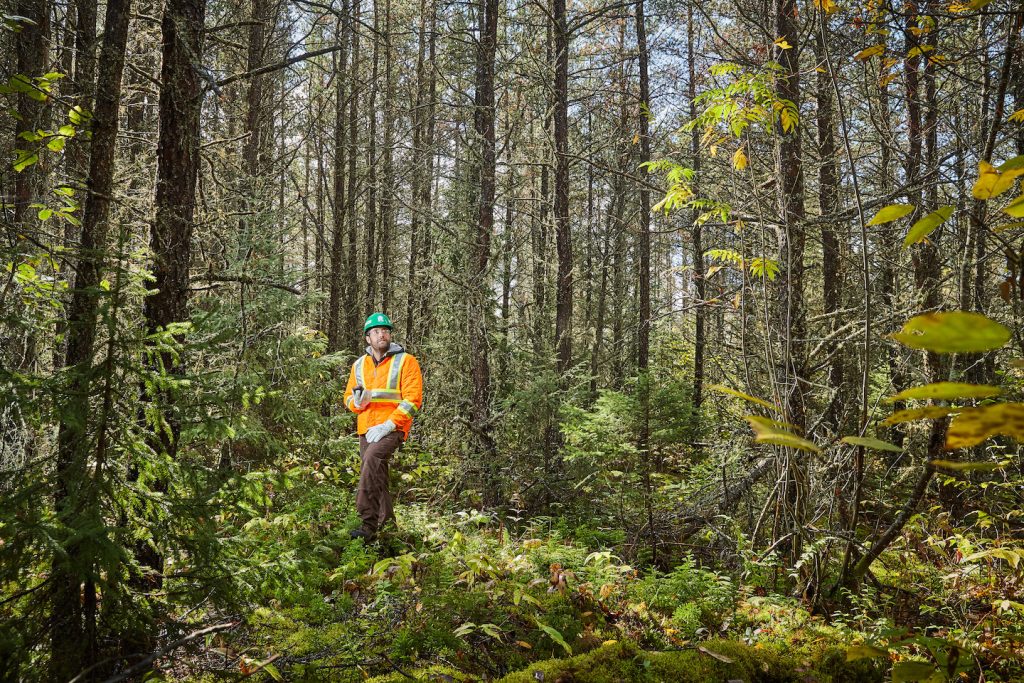
- Integrate wildfire risk into forestry planning: Include fire resilience and climate-smart practices in how we plan and manage harvesting, replanting, and forest renewal.
- Landscape-level fuel management: Use large-scale planning to reduce or remove vegetation that fuels wildfires, especially near communities, roads, and infrastructure.
- Support Indigenous fire stewardship: Learn from and collaborate with Indigenous communities in restoring and practicing traditional fire management methods.
- Expand FireSmart initiatives: Further grow community education and investment in fire prevention, from clearing brush around homes to creating defensible spaces.
The Role of Forestry in the Solution
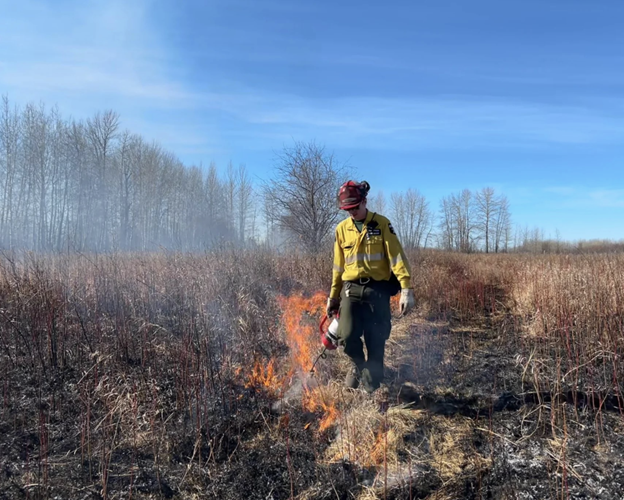
In regions like Slave Lake, forestry is more than an industry, it’s part of the community. Alberta’s forest sector has transformed from simple timber harvesting into a modern, sustainable industry that plays a key role in supporting a growing bioeconomy through wood products, biofuels, and other innovations.
Forests also deliver crucial ecosystem services: cleaning our air and water, moderating floods, and sequestering carbon. Canada’s boreal forest, in particular, is one of the world’s largest carbon storehouses.
Research shows that managed forests, those with a mix of tree ages, regular replanting, and strategic harvesting, are healthier, more resilient, and less prone to catastrophic fires.
Vanderwell’s Commitment
At Vanderwell, we’re proud to play our part in sustainable forest management. As members of the AFPA, we work to ensure our forests are healthy and productive for generations to come.
In Alberta, the industry plants three trees for every one harvested. In 2022, Vanderwell celebrated planting our 100 millionth tree since 1990. As of today, just three years later, we’ve planted an additional 12 million trees.
Looking Ahead
Canada’s forests are a national treasure and a shared responsibility. The more we do now to manage them wisely, the better protected our communities will be from future wildfires.
If you’re looking for ways to protect your home and family, be sure to read our March 2024 blog post: What We Can Each Do to Prepare for This Year’s Wildfire Season.
Together, with the right knowledge and action, we can make our forests safer, healthier, and more resilient — for today and tomorrow.
